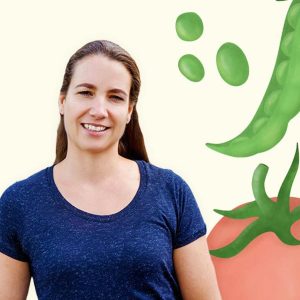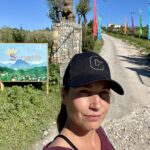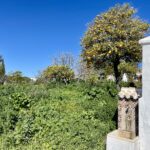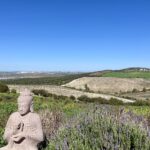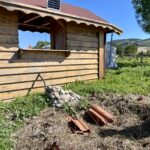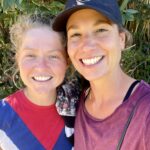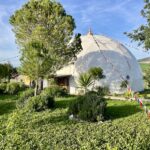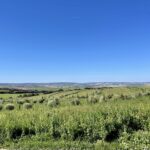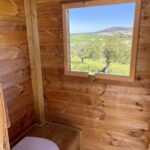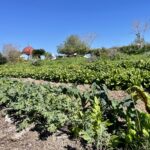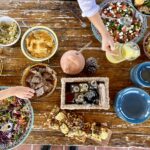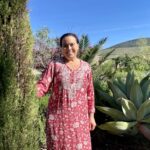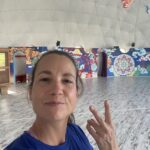Danyadara as a hopeful oasis in the middle of the almost-desert
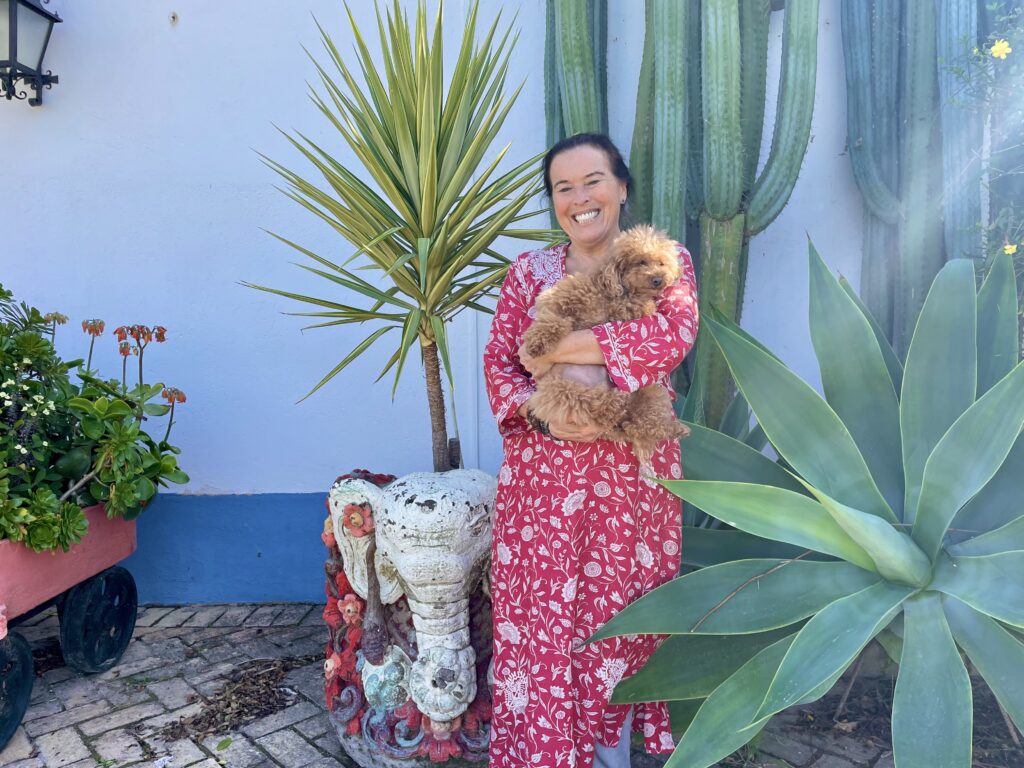
Danyadara is the first peasmaker to tell me, “You are very welcome, but there is very little food being grown because we have almost no water.” Danyadara isn’t far away in Africa or anything, but right here in Spain.
(Please note that this text is translated by Open AI as I write my all my peas in Dutch)
My camper is located this week in the heart of Andalusia, in Villamartin to be precise. I am a guest of peasmaker Vidya Jacqueline Heisel at her Danyadara, which means “blessed earth”. Danyadara is a permaculture farm and the home base of the Suryalila Yoga Retreat Centre. Ten years ago, Vidya started her yoga center here to create the perfect place for her yoga training. But the location of her yoga paradise in this part of Spain means that her mission now reaches much further than that.
Danyadara is surrounded by a patchwork of plowed bare land, vast expanses of grain, newly planted intensive olive groves, and crops covered with plastic. How can this type of agriculture take place here, I wonder? Every river I’ve come across on my way here is empty. At Danyadara, too, a tractor regularly has to come from a nearby village to refill the empty well. This was already quite normal in summer, but even this winter, it is increasingly becoming a bitter necessity.
It’s confronting to spend a few days in a place where water is already a luxury, a situation that will quickly become a reality for at least 25% of the world. It is this knowledge, among other things, that leads Vidya to decide to turn her estate into an oasis in the almost desert. She tells me that she wants to create a piece of paradise on earth. Where you hear birds singing, where people are truly happy in a fertile and green environment. To show that it can be different and to inspire people with that. So now everything is being done to save the 20-hectare old olive grove of Danyadara from a future as a desert.
The Danyadara team consists of a motivated group of employees and volunteers from all over Europe. They apply a mix of permaculture, agroforestry, and syntropic agriculture principles daily, with the aim of creating a biodiverse and fertile landscape as quickly as possible and retaining as much water as possible. There is a small vegetable garden that provides Suryalila and the employees with vegetables, and several syntropic food-producing strips have been planted.
With results. The plot of Danyadara is much greener than that of the neighbors, for whom water supply is also the daily reality. And yes, what Vidya is doing here is on a completely different scale than what her farmer neighbors are doing. But that doesn’t make it any less important in my eyes. The unfamiliar agricultural methods for this area are given time to prove themselves here. And if it succeeds here in revitalizing the soil and increasing biodiversity, maybe it can work for the neighbors too?
I see many things here and think: why don’t we do this everywhere? Take the water-saving methods, for example. Almost all toilets are compost toilets and waterless (no, they don’t stink). Taps and showers empty into so-called grey water reservoirs. The wastewater ends up here in pits surrounded by plants, and the trees and shrubs are directly fed with the wastewater. This creates small oases everywhere on the site. It would be even more efficient to purify the wastewater on-site and reuse it. A plan is now being made for this.
Vidya’s mission in the middle of this desert-to-be can be described as more than brave. Over the past few days, I have often wondered what it will look like here in 10 years. I don’t envision a hopeful scenario for fertile land with a future without a fast, drastically different approach. But what Danyadara is doing here on this small plot gives me at least a glimmer of hope.
Ik ben Chantal en reis door het land in mijn camper searching for peas. Ik maak verhalen vol inspiratie over peasmakers; voedselveranderaars die werken met hun hart en zo de wereld veranderen. Ik ga aan de slag bij ze voor een dag of week. Zo leer ik hun missie beter kennen en kom ik erachter wat hen drijft als persoon. In de tussentijd probeer ik te ontdekken wat het voor mij betekent om een goed leven te leven. Mijn ervaringen deel ik met jullie.
